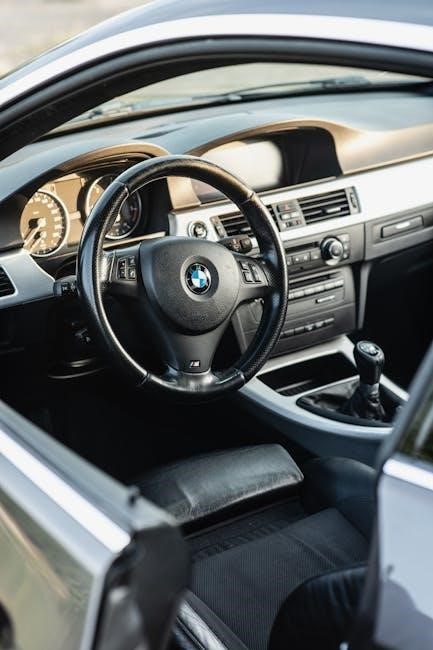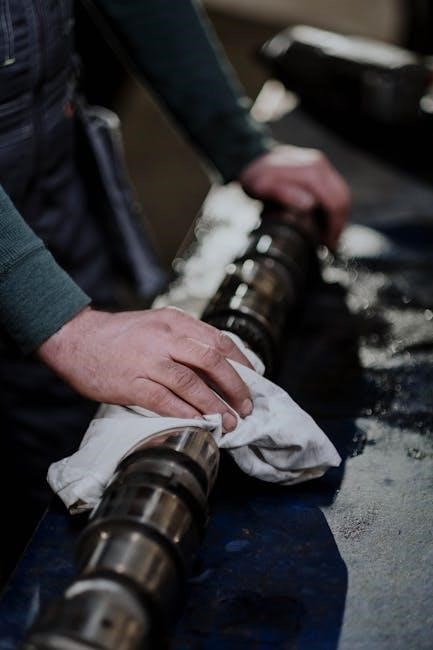Free Christmas Cracker Jokes Printable PDF: A Comprehensive Guide

Christmas crackers are a holiday staple. They’re filled with tiny gifts, paper crowns, and, of course, jokes! A free, printable PDF provides a simple way to include fresh, family-friendly humor in your Christmas festivities;
Christmas cracker jokes are a time-honored tradition, bringing groans and giggles to holiday gatherings. These jokes, typically corny and pun-filled, are found inside Christmas crackers, alongside a paper crown and a small toy. The act of pulling a cracker and sharing the joke has become synonymous with Christmas celebrations in many countries. The humor is often family-friendly, designed to entertain all ages around the dinner table.
The jokes themselves are a unique form of comedic art, often relying on wordplay and familiar Christmas themes. From Santa Claus and reindeer to elves and snowmen, these jokes embrace the spirit of the season. The predictable nature of the jokes is part of their charm, creating a shared experience of amusement and eye-rolling. The history of incorporating jokes into Christmas crackers is linked to the evolution of the cracker itself, adding an element of interactive entertainment to the festive tradition. While the quality of jokes can vary, the intent is always to spread cheer and laughter.
Why Use Printable Christmas Cracker Jokes?
Using printable Christmas cracker jokes offers a convenient and customizable way to enhance your holiday celebrations. Pre-made crackers often contain repetitive or lackluster jokes, while printable versions allow you to curate a selection tailored to your family’s sense of humor.
With printable PDFs, you gain control over the content, ensuring that the jokes are age-appropriate and align with your family’s values. You can easily include jokes that cater to kids or adults, creating a more engaging experience for everyone. Furthermore, printable jokes offer a cost-effective alternative to purchasing expensive crackers with potentially disappointing humor. It allows you to personalize your Christmas crackers, adding a special touch to your holiday traditions. By choosing printable jokes, you can guarantee that your Christmas crackers are filled with laughter and amusement, making the festive season even more memorable. The ease of access and customization makes printable jokes a practical and enjoyable addition to your Christmas preparations.
Where to Find Free Printable Christmas Cracker Jokes PDFs

Finding free printable Christmas cracker jokes PDFs is easier than you might think! Many websites offer a variety of options, catering to different tastes and age groups. Craft blogs are a great resource, often providing themed joke collections as free downloads. Look for sites specializing in holiday printables or family activities; these usually have a dedicated section for Christmas cracker jokes.
Online search engines are your friend! Use keywords like “free printable Christmas jokes PDF” or “Christmas cracker jokes printable” to discover a plethora of options. Be sure to preview the jokes before downloading to ensure they are appropriate for your audience. Some websites may require you to sign up for a newsletter to access the free printables, while others offer them directly. Don’t forget to check out websites dedicated to jokes and humor, as they might have a Christmas-themed section with printable jokes. With a little searching, you’ll find plenty of free resources to fill your Christmas crackers with laughter.
Types of Jokes to Include (Kid-Friendly vs. Adult)

When selecting jokes for your Christmas crackers, consider your audience. For family gatherings with children, kid-friendly jokes are a must. These should be clean, lighthearted, and easy for kids to understand. Think puns, riddles, and silly questions with simple answers. Avoid jokes with any innuendo or potentially offensive content.
If your gathering is primarily adults, you can include more sophisticated humor. However, it’s still wise to steer clear of anything too risqué or controversial. Clever puns, witty observations, or jokes with a slightly more mature theme can be a good fit. If there’s a mix of adults and older children, aim for jokes that will appeal to both groups. A bit of observational humor about holiday traditions can be a safe bet. Ultimately, the goal is to bring laughter and joy, so choose jokes that will resonate with your specific audience and create a festive atmosphere.
How to Make Your Own Christmas Crackers and Insert Jokes
Creating your own Christmas crackers adds a personal touch to your holiday celebrations; Gather cardboard tubes (toilet paper or paper towel rolls work well), festive wrapping paper, ribbon or twine, small gifts, paper crowns, and, of course, your printed jokes. Cut the wrapping paper to a size slightly larger than the tube, allowing for overhang on each end.
Wrap the paper around the tube and secure it with tape. Tie off one end with ribbon. Insert your chosen gifts, the paper crown, and a joke. Then, tie off the other end with ribbon. For the traditional “snap,” you can purchase cracker snaps online or from craft stores and insert them into the tube before sealing it. Alternatively, use sturdy tape. Decorate the outside of the cracker with embellishments like glitter, stickers, or festive drawings. Place the crackers on your Christmas table for a fun surprise.
Tips for Printing and Cutting the Jokes
To ensure your printable Christmas cracker jokes look their best, start with good quality paper. White cardstock is ideal as it provides a sturdy base and prevents ink from bleeding through. When printing, select the highest quality print setting on your printer for crisp, clear text and vibrant colors.
Before printing the entire sheet, do a test print on plain paper to check the layout and ensure the jokes are properly aligned. Once printed, use a sharp paper cutter or scissors to carefully cut out each joke. A paper cutter will give you clean, straight edges, while scissors allow for more intricate shapes if desired. Consider adding a decorative edge with craft scissors for a festive touch. After cutting, fold each joke neatly for easy insertion into your homemade Christmas crackers.
Examples of Popular Christmas Cracker Jokes
Christmas cracker jokes are known for their cheesy, pun-filled humor, designed to elicit groans and chuckles alike. Here are a few examples of popular jokes that are sure to be a hit:
“Why did Santa go to music school? So he could improve his wrapping!” This play on words is a classic example of the lighthearted humor found in Christmas crackers. Another popular joke is, “What do you call an elf wearing earmuffs? Anything you want, he can’t hear you!” Jokes about Santa’s elves are always a crowd-pleaser.
For a bit of holiday-themed wordplay, consider: “What do you get if you cross Santa with a duck? A Christmas quacker!” These jokes are family-friendly and suitable for all ages. More, “What do you always find in Christmas crackers? Jokes!”
Adding a Personal Touch to Your Jokes
While printable joke PDFs offer convenience, adding a personal touch can make your Christmas crackers even more special. Consider tailoring jokes to your family’s inside jokes, shared experiences, or specific interests. This demonstrates thoughtfulness and creates lasting memories.
You might incorporate references to funny events from the past year or make up jokes about family members’ quirks. For example, if someone is known for burning the holiday dinner, you could craft a lighthearted joke about it. Personalizing jokes ensures that the humor resonates deeply with your audience.
Another way to add a personal touch is to include encouraging messages or heartfelt sentiments alongside the jokes. A simple “We love you!” or “Happy Holidays from our family to yours!” can add warmth and make the cracker more meaningful.

Beyond Jokes: Other Items to Include in Crackers
While jokes are a cornerstone of Christmas crackers, variety enhances the fun. Consider including small, inexpensive gifts that complement the jokes and appeal to diverse interests. Traditional options include miniature toys, puzzles, and novelty items.
For a personalized touch, tailor the gifts to each recipient. A small craft item for a creative family member, a miniature tool for a handy one, or a themed charm for a collector adds a special touch. Consider the age range and preferences of your audience when selecting items.
In addition to tangible gifts, you can include small fortunes, riddles, or trivia questions. These provide additional entertainment and spark conversation around the dinner table. Adding a small piece of candy or a chocolate is always a welcome treat!
Ensuring Family-Friendly Humor
When selecting jokes for your Christmas crackers, it’s essential to prioritize family-friendly humor; Aim for jokes that are lighthearted, clean, and appropriate for all ages present at your holiday gathering. Avoid jokes that are offensive, controversial, or rely on innuendo.
Opt for classic Christmas puns, silly riddles, and observational humor that everyone can enjoy. Jokes about Santa, reindeer, elves, and snowmen are generally safe bets. Test out your jokes on a small group beforehand to gauge their reactions and ensure they are well-received.
Remember that the goal is to create a joyful and inclusive atmosphere. A good Christmas cracker joke should elicit a groan, a chuckle, or a smile, but never offend or alienate anyone. When in doubt, err on the side of caution and choose jokes that are guaranteed to spread holiday cheer without fail.





